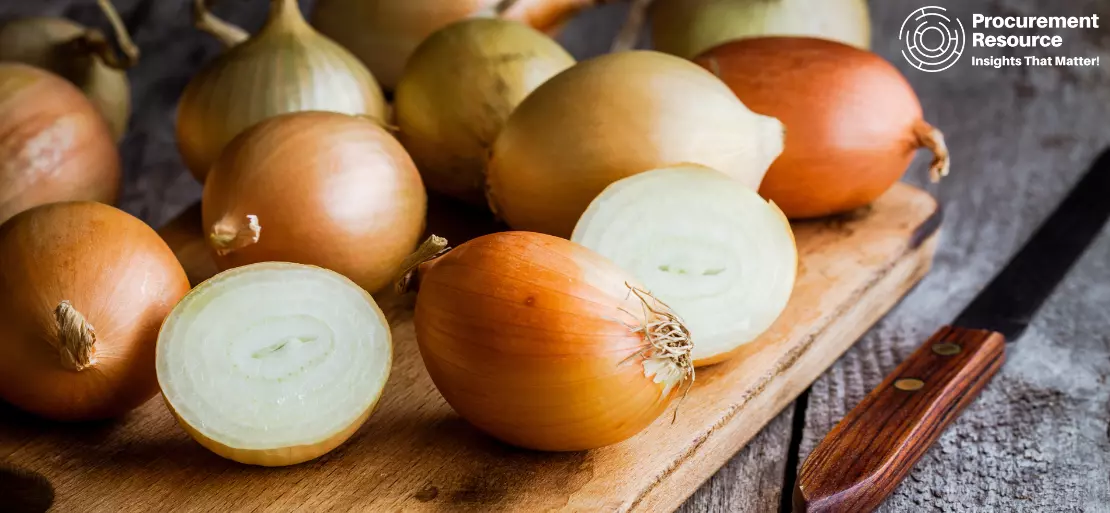Decoding the Various Aspects of India’s Onion Export Ban

Three months after the Narendra Modi led government pulled out the archaic Essential Commodities Act of 1955 to impose a stock limit and movement restrictions on food grains, edible oil seeds, potatoes, onions, and other essential commodities only applicable in extreme conditions like natural calamity or war, the government issued a notice on Monday, that is, 14th September, to prohibit the export of all varieties of onion except those cut, sliced, or in powder form. The ban includes Bangalore rose onions and Krishnapuram onions. These varieties of onions were free for export till now.
The Indian onion export scenario has always been in a good shape, with Bangladesh, Malaysia, the UAE, and Sri Lanka being the largest importers of Indian onions. India exported USD 198 million worth of onions in the April-June period of FY20 and USD 440 million in the entire period of 2019-20.
Cause of the Ban
Mainly, there are three triggers for the ban:
- Shortage of onions in the domestic market, due to which the country saw a steady increase in the onion prices in the wholesale market. The middle class was most affected by this hike in the onion prices, and the urban onion market was clearly disturbed. The average price of the kitchen staple in Lasalgaon’s wholesale market between March and September rose by almost 100%. In retail markets, the current price trend of onion is Rs. 35-40 per kg as against Rs. 25-30 per kg in June. This hike triggered the concern of the government severely, and the Modi government decided to impose the export ban as soon as possible.
- The second reason can be found in the numbers of Consumer Food Price Index (CFPI) released by the Ministry of Statistics and Program Implementation (MoSPI) on Monday. The measure gave us a clear picture of inflation, which was 6.69%, a tad bit lesser than the 6.73% of last month. This was well above the RBI’s target of 6%. At the policy level, the high CFPI was again one of the main concerns for the government, which led to the ban on onion export.
- Costlier onions in the wholesale market because of the heavy rains which lashed out in August and washed-out market-ready crops in regions like Karnataka, which were all set to hit the markets in September. Apart from this, the heavy rains created a turmoil and spoiled the crops in Madhya Pradesh, Gujarat, and some parts of Maharashtra. As this havoc wrecked the domestic onion market, the demand for Indian onion in the international market was increasing at a rapid pace. Therefore, the rains caused an imbalance in the supply-demand chain.
Consequences of the Ban
A sharp decline in the prices of onion in the domestic markets is expected once the markets are open for trade on Tuesday. This is a direct fallout of the export ban. However, the traders expect a price rise in a week or two. The demand is expected to upsurge once the Dussehra festival starts.
The Political Angle
There is a political angle or electoral aspect pertaining to the export ban, which has led to the protest that is scheduled to be held since Tuesday. The protest will be carried out by Shetkari Sanghtana, which is a farmer’s union started by legendary all India farmer’s leader, Sharad Joshi. The farmer’s union has called the move of government as “double standard”, as the decision of government came out just after it decided to amend the Essential Commodities Act.
Another aspect of the export ban, which cannot be neglected, is the growing concern of the rising prices of onion at the time when Bihar elections are getting close. Bihar elections are scheduled to be held later this year, and if the kitchen staple is costlier than usual, then the government may lose the elections along with the trust of 1.3 billion Indians.

-(1).webp)

.webp)